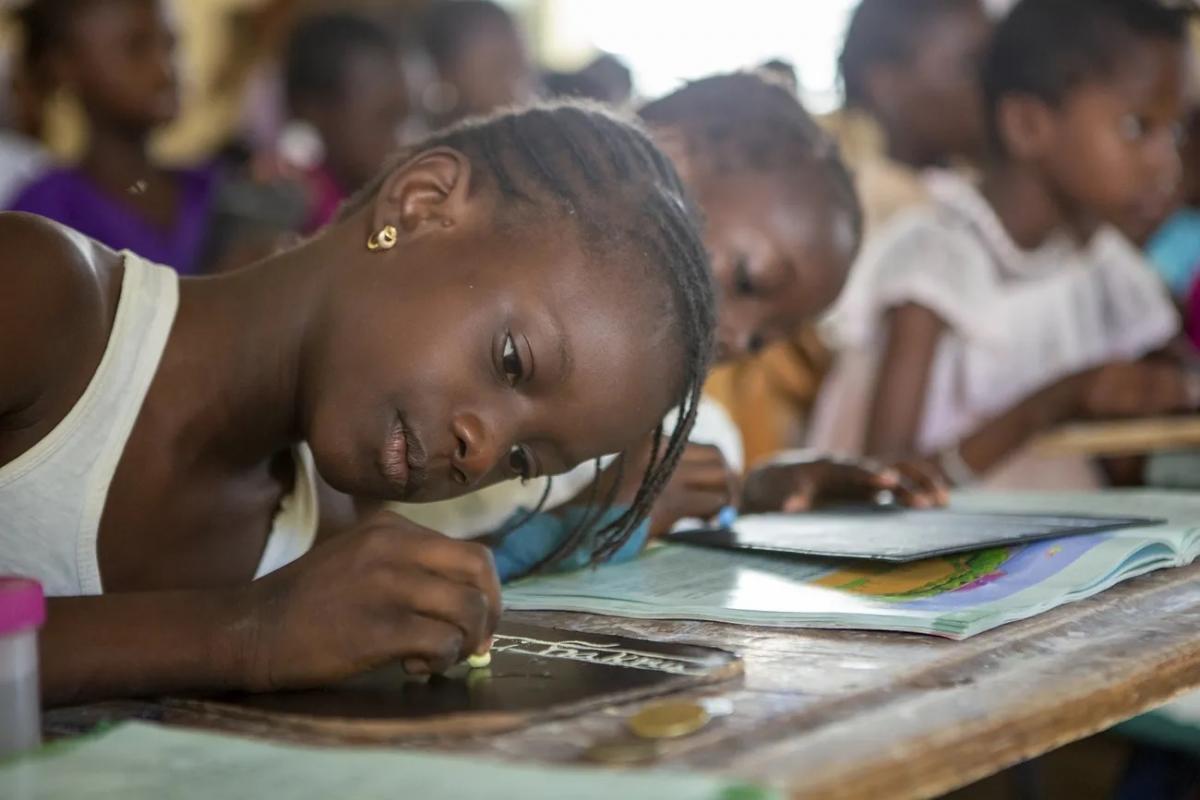
Not only do national education policies determine the educational principles and objectives that a sitting government adopts, they can also have a far-reaching effect on a citizen’s quality of and access to education, including whether that access is equitable and inclusive. Effective education policies can be transformative for a country and its people. This applies equally when one considers the potential impact of national Open Educational Resource (OER) policies on learners, educators, and education systems. OER provide possibilities to innovate in teaching and learning, to reimagine how education systems function and the values that they promote, and to expand access to inclusive and equitable quality education as outlined in Sustainable Development Goal (SDG) 4. [1]
Policy is a key indicator of OER practice. When an OER policy is well-designed and implemented it can act as a driving force for creating and sustaining vibrant OER ecosystems.[2] It thus follows that one of the OER Recommendation’s five objectives and areas of action is to develop supportive policy. The Recommendation notes that this includes:
"Encouraging governments, and education authorities and institutions to adopt regulatory frameworks to support open licensing of publicly funded educational and research materials, develop strategies to enable the use and adaptation of OER in support of high quality, inclusive education and lifelong learning for all, supported by relevant research in the area."[3]
Work on OER policy has already started in many countries around the world and international bodies such as UNESCO are supporting efforts to develop such policies through, for example, the forthcoming release of guidelines for national governments and institutions on OER policy and capacity building in the first half of 2023. But what progress has been made so far on OER policy development and implementation?
A new report by Neil Butcher & Associates (NBA) sets out to understand the effectiveness of OER policies to date and whether there is evidence of integration between OER policy provisions and other mainstream government policy commitments or strategic goals. The research involved a review of 27 standalone OER policies and 16 policies that contained OER commitments. The research also sought to strengthen understanding of the most effective strategies and approaches to create government policy and regulatory environments that facilitate implementation of UNESCO’s Recommendation on OER and OER more generally.
The report contains three key findings.
1. There were unforeseen challenges with finding OER policies that fitted the research criteria
For a policy to qualify for inclusion in the dataset, it needed to meet three criteria. There needed to be:
- Evidence that the policy had been approved by the government.
- Availability of baseline documentation of what OER activities were already underway in the country before the policy came into effect (where available).
- Evidence of meaningful OER practices that were implemented since the policy was approved.
The research team was only able to identify a handful of policies that met our criteria – 27 national standalone OER policies and 16 policies that contained OER commitments.
2. There was limited evidence of policy implementation in line with the policy provisions of standalone OER policies and other policies that contained OER commitments.
Of the 27 national standalone OER policies, only two fitted all criteria and provided sufficient evidence of meaningful OER practices following implementation. There were four instances of OER commitments in other policies (e.g. Information and Communication Technology policies) that matched the qualifying criteria. However, in most cases, there was limited evidence available of sustained and comprehensive policy implementation in line with the policy provisions.
It was not possible to tell which type of policy (standalone versus a different policy containing OER commitments) was more impactful for various reasons, including that there were too few qualifying policies to draw a meaningful comparison. There was also conflicting information online, and sometimes a lack of information online regarding a causal link between OER practices that occurred as a result of policy commitments.
3. When looking at the relationship between OER policy provisions and national plans or strategies, OER policy is not a precondition for meaningful OER practices, but it does seem to be an enabler in creating a coordinated national effort geared towards OER implementation.
For a coordinated national effort to proceed optimally, there needs to be alignment between OER policy provisions and a government’s strategic priorities. Ideally, this should be consistently expressed in the government’s overall vision for the education system and in the documents that it releases and implements including policies, legislation, national plans, and strategies.
Ultimately, the research provides insight into the global OER policy landscape, outlining successes in OER policy development and implementation. It highlights a need to problematise the idea of educational policy as it relates to the OER movement and interrogate why OER policies are developed, their function, and how they are implemented. The report provides a series of recommendations and areas for further enquiry, centred around the suggestion that until OER policy commitments are directly connected to the attainment of national level policy commitments and the overall vision for the national education system as expressed in government documents, they are unlikely to be impactful.
Other recommendations include allocating more resources to policy review processes to determine the validity, relevance, and progress in achieving policy outcomes. The report also encourages governments to consider possible misalignments between national policy provisions and what is realistic to implement. It concludes with a series of questions that governments might reflect on when starting the OER policy development process.
OER Africa will release a subsequent thought piece on these findings and how to take the recommendations forward.
Related articles
- International Day of Education on 24 January 2023
- The UNESCO OER Recommendation and effective, inclusive, equitable access to quality OER
- Why is 'Open Education' important?
References
[1] See https://sdgs.un.org/goals/goal4
[2] Miao, F., Mishra, S. and McGreal, R. (eds) Open Educational Resources: Policy, costs and transformation. Retrieved here
[3] See the UNESCO Recommendation on Open Educational Resources, available here
